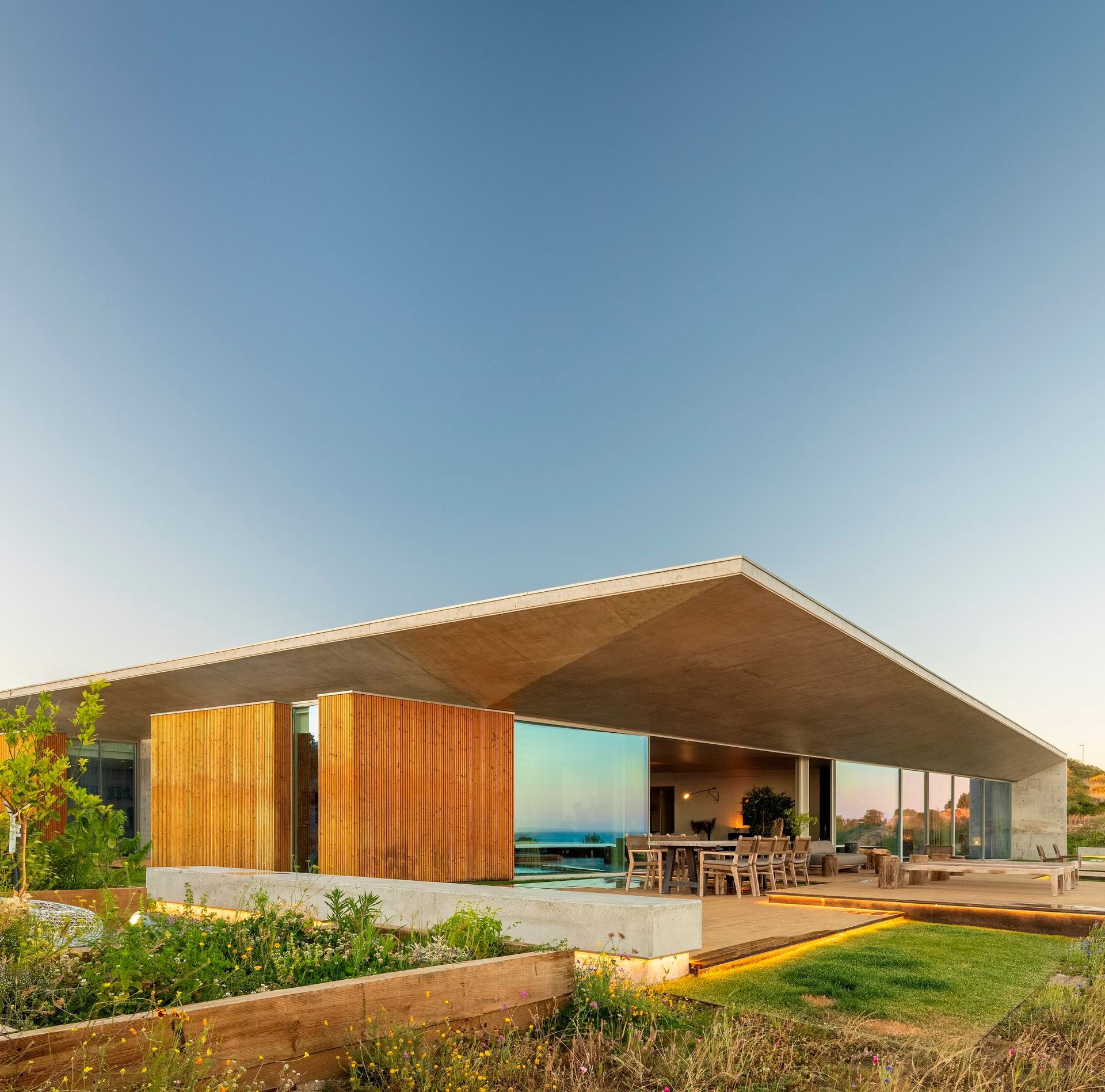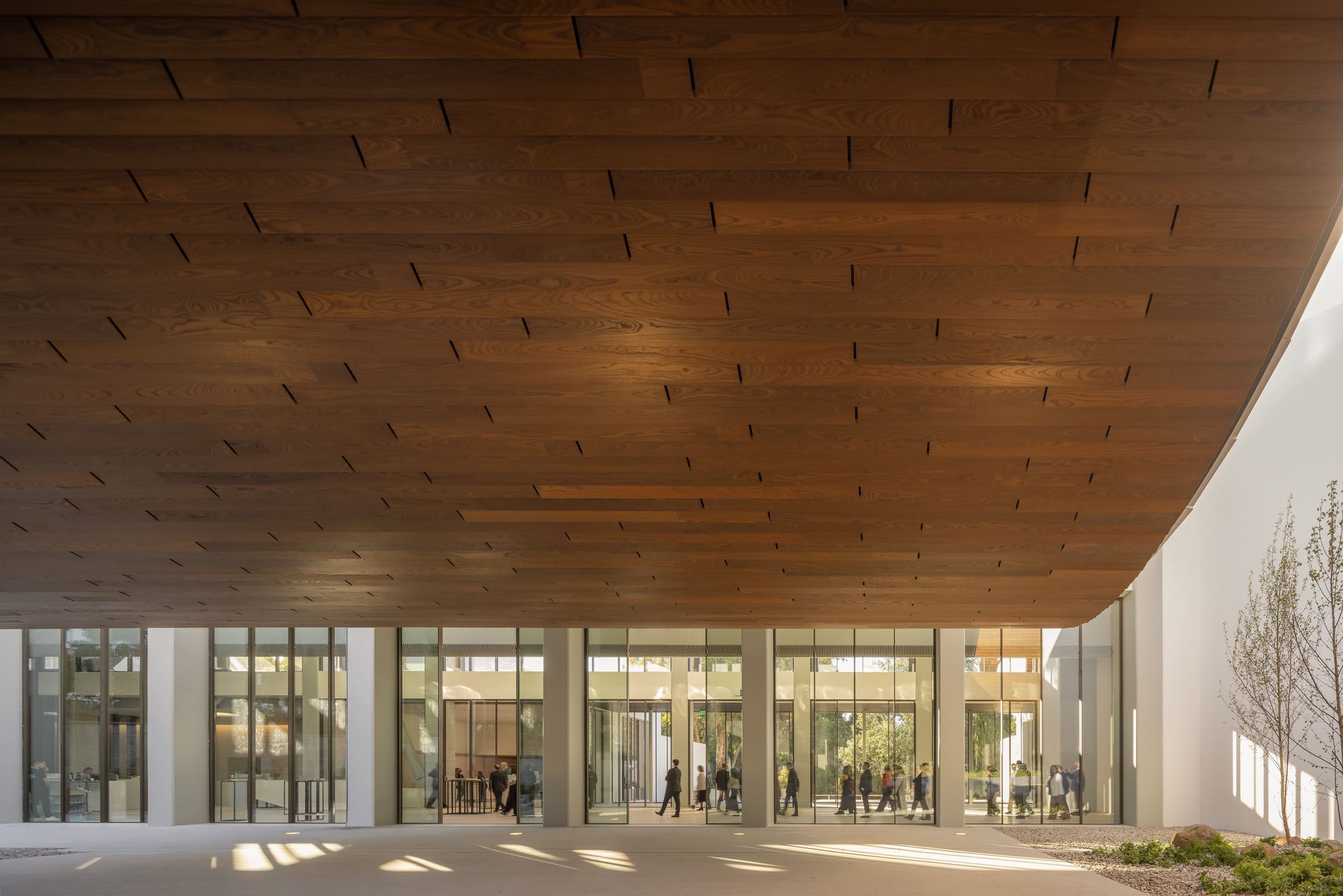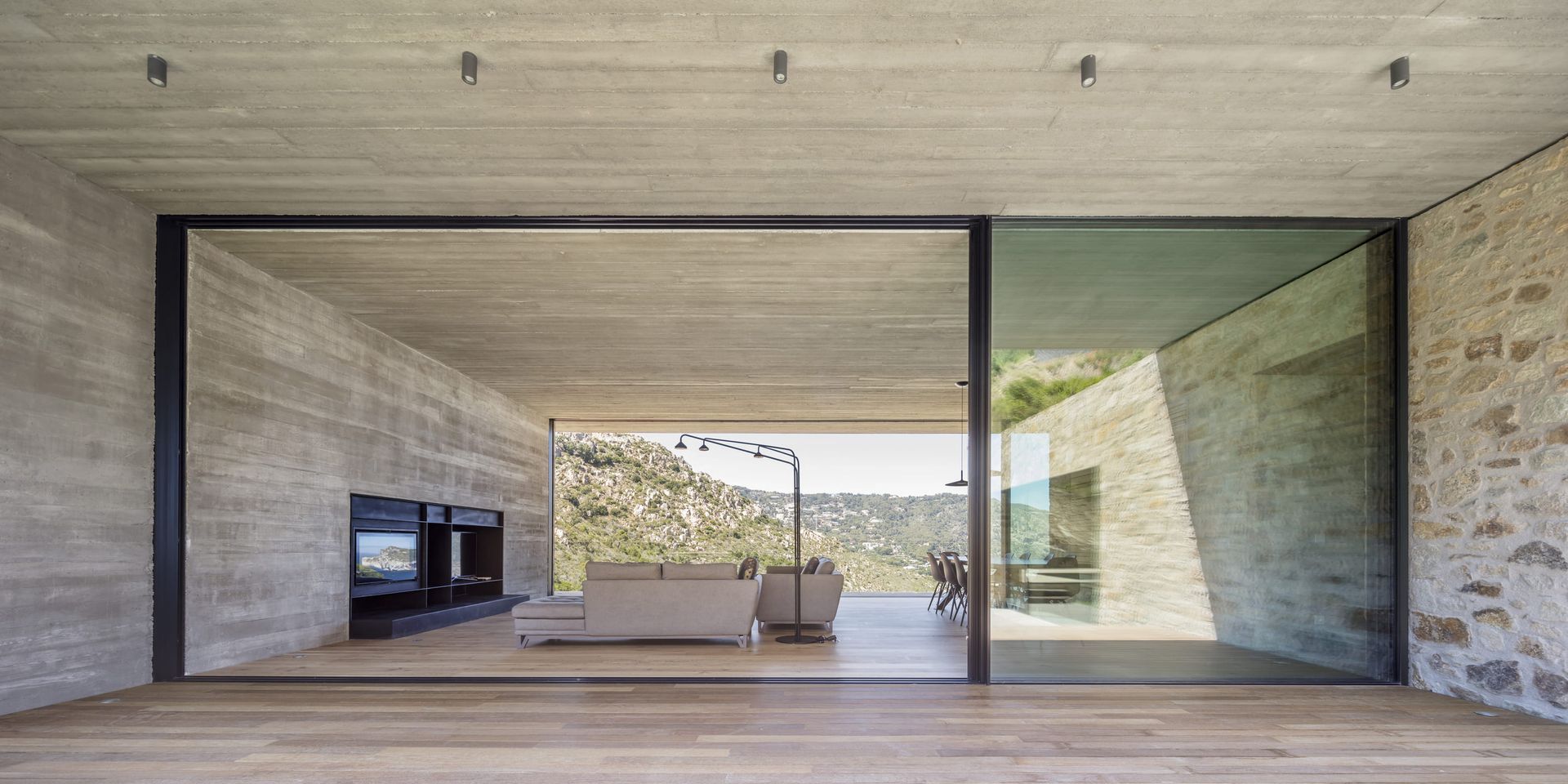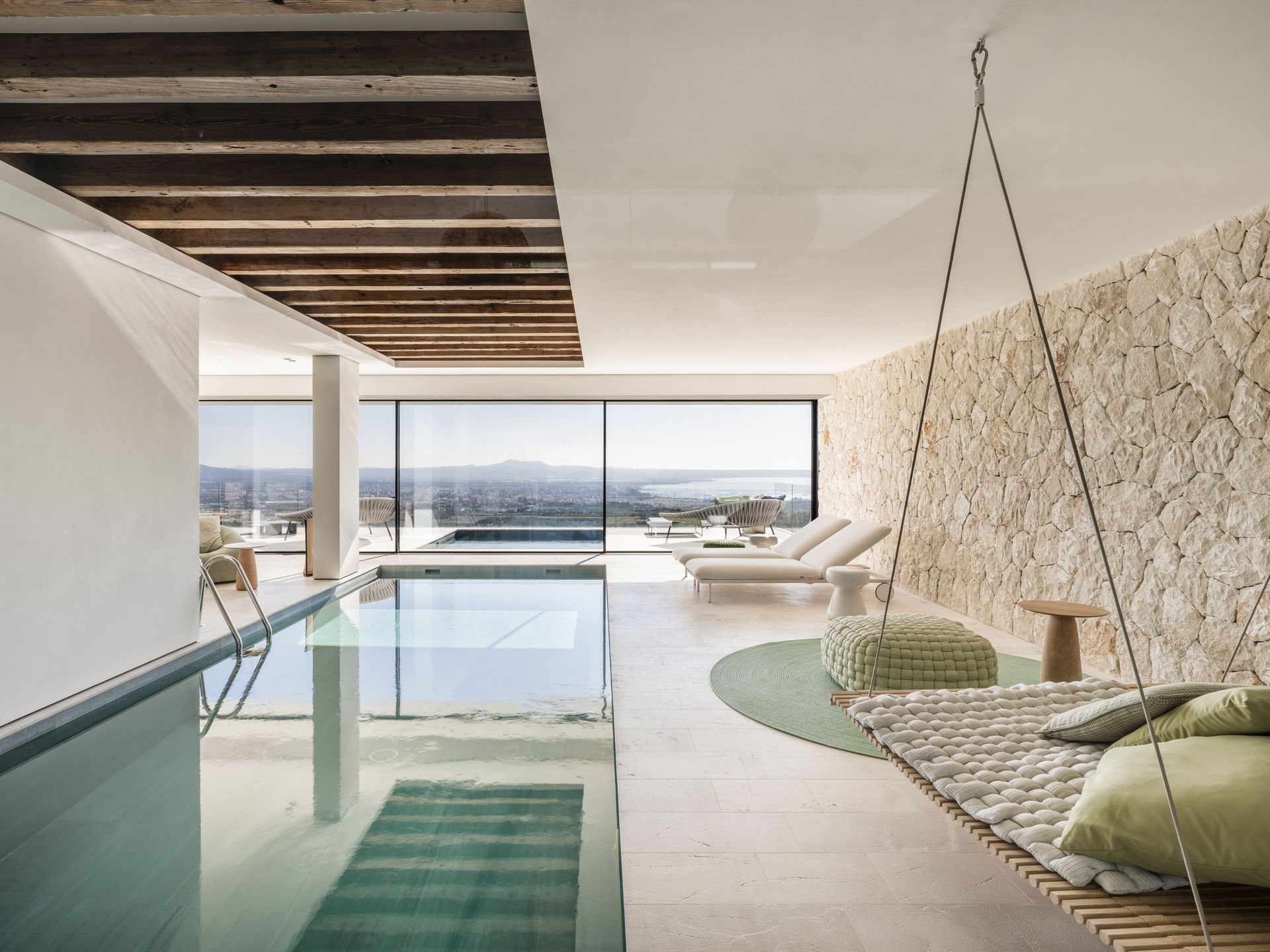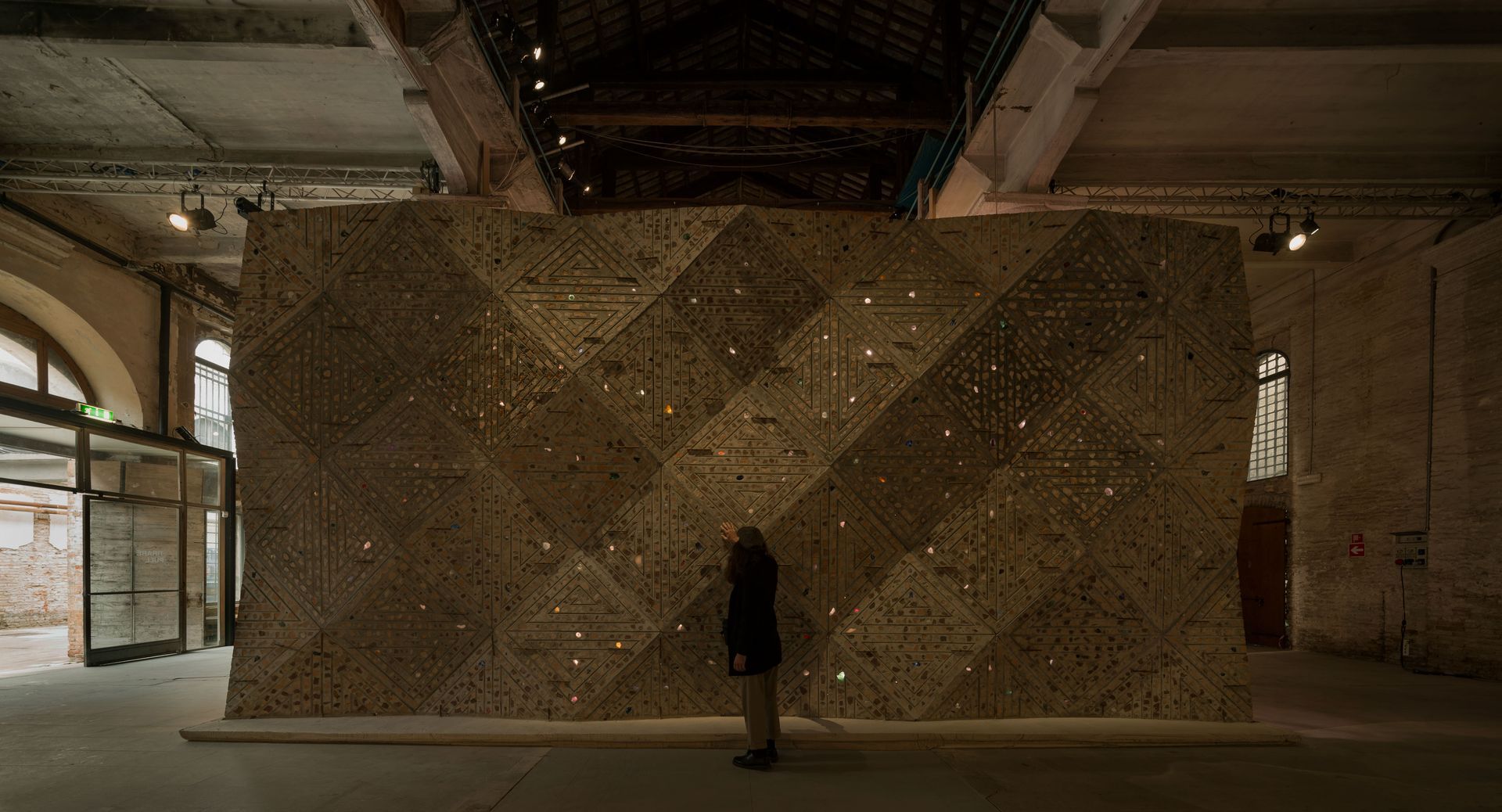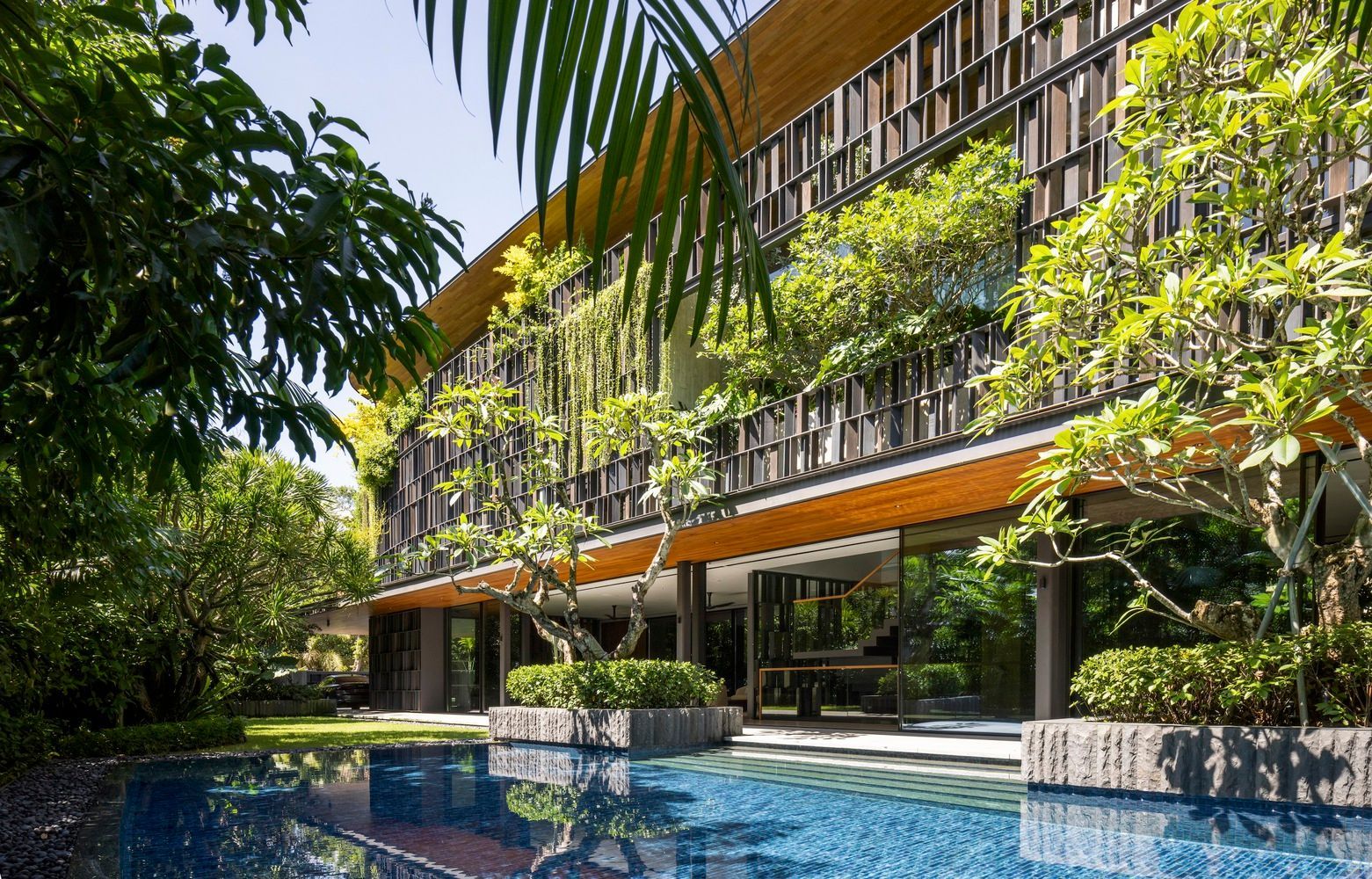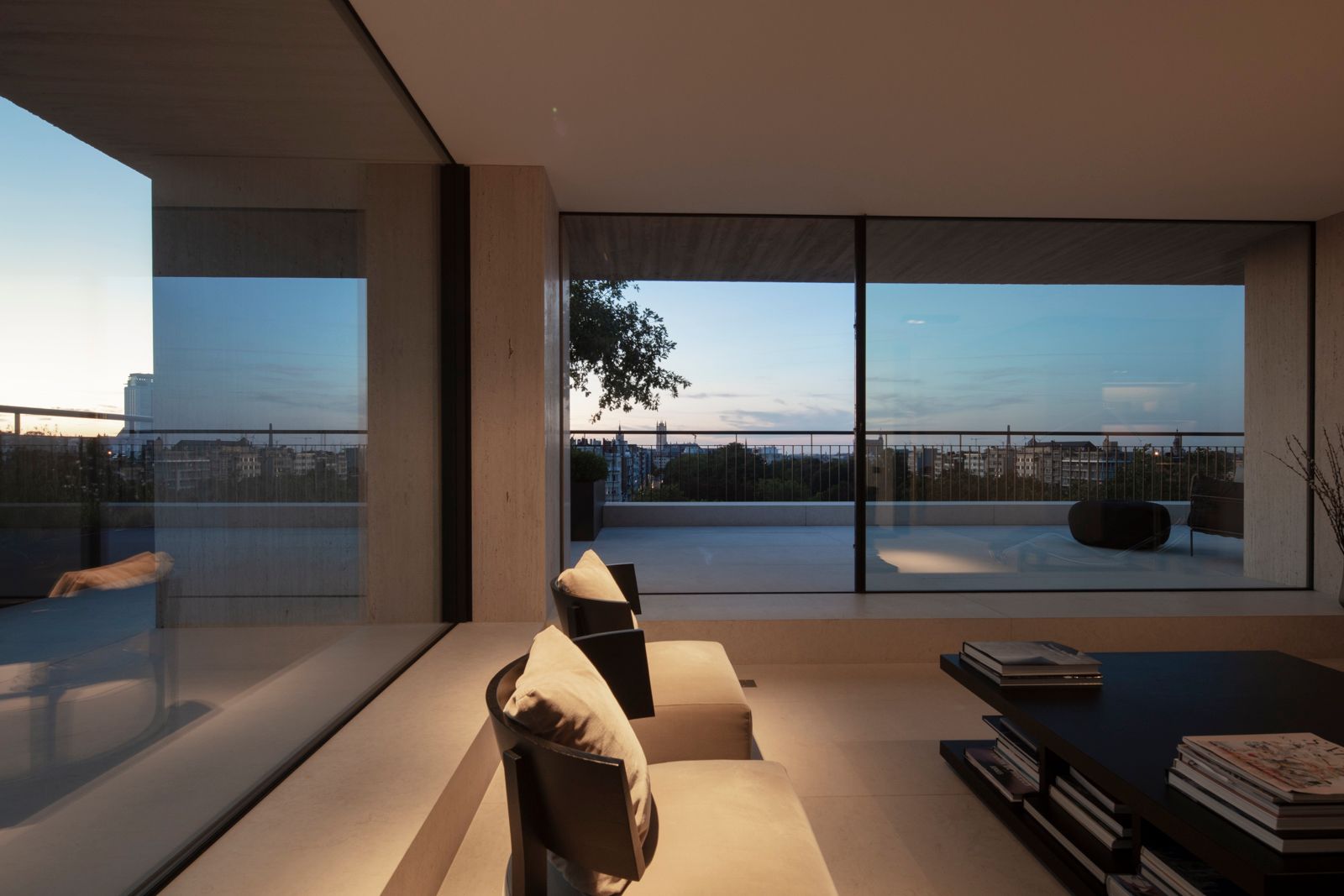Castilho 203: An Architectural Transformation into Residential Elegance
In a remarkable transformation journey, Castilho 203 evolved from its original office design into a breathtaking residential marvel. This metamorphosis retained the building's robust structure and ushered in an entirely new architectural narrative. The brilliant minds behind the transformation of Castilho 203 belong to ARX Portugal, an architecture office based in Lisbon. Founded in Berlin in 1991 by Nuno Mateus and José Mateus, ARX Portugal stands out for its dedication to innovation.
The architects faced the unique challenge of adapting to a residential program, emphasising natural light, panoramic views, and outdoor living. Here, we delve into the awe-inspiring story of Castilho 203's architectural reinvention. outdoors.
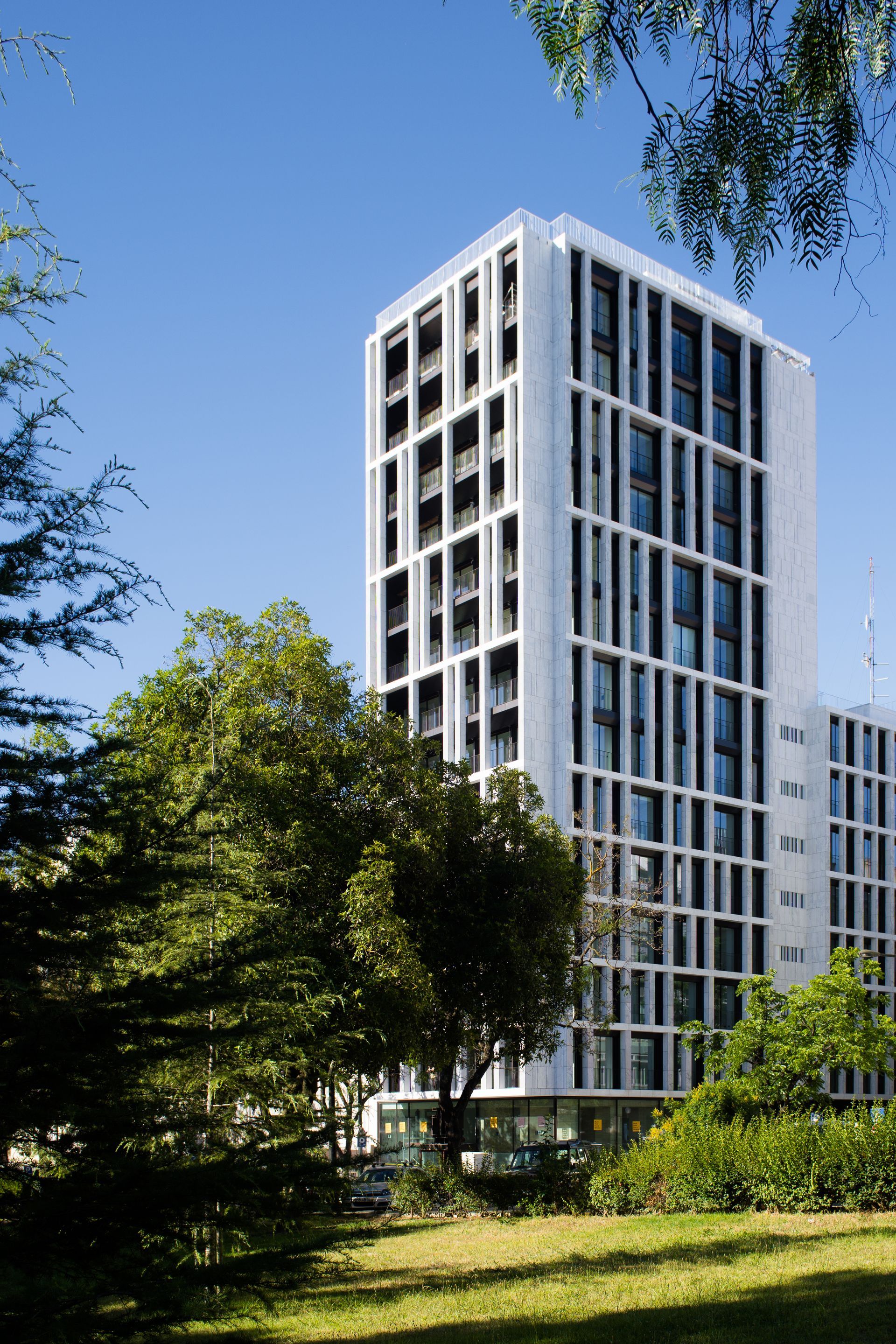
Behind the scenes, Vanguard Properties, Portugal's largest real estate developer, played a pivotal role in bringing Castilho 203's residential vision to life. Their commitment to excellence and innovation paved the way for this architectural masterpiece.
Read also - Tione Residence: An Exquisite Blend of Contemporary Design and Natural Surroundings.
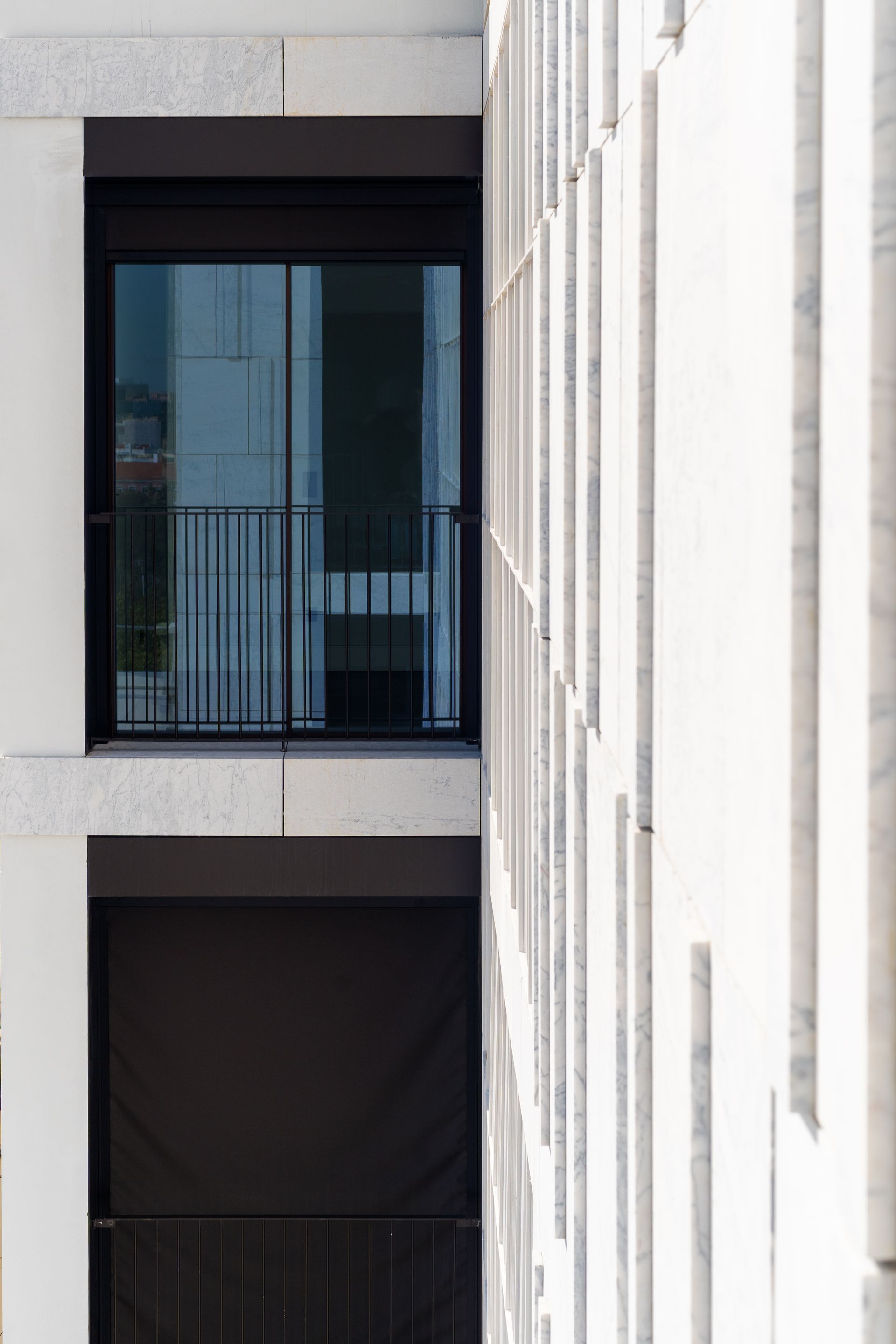
The transition from an office space to a residential haven required a profound shift in design philosophy. The architects, driven by a commitment to excellence, swiftly embraced the residential vision. Central to this transformation were three key elements: abundant natural light, expansive panoramic views, and the allure of outdoor living on balconies and terraces.
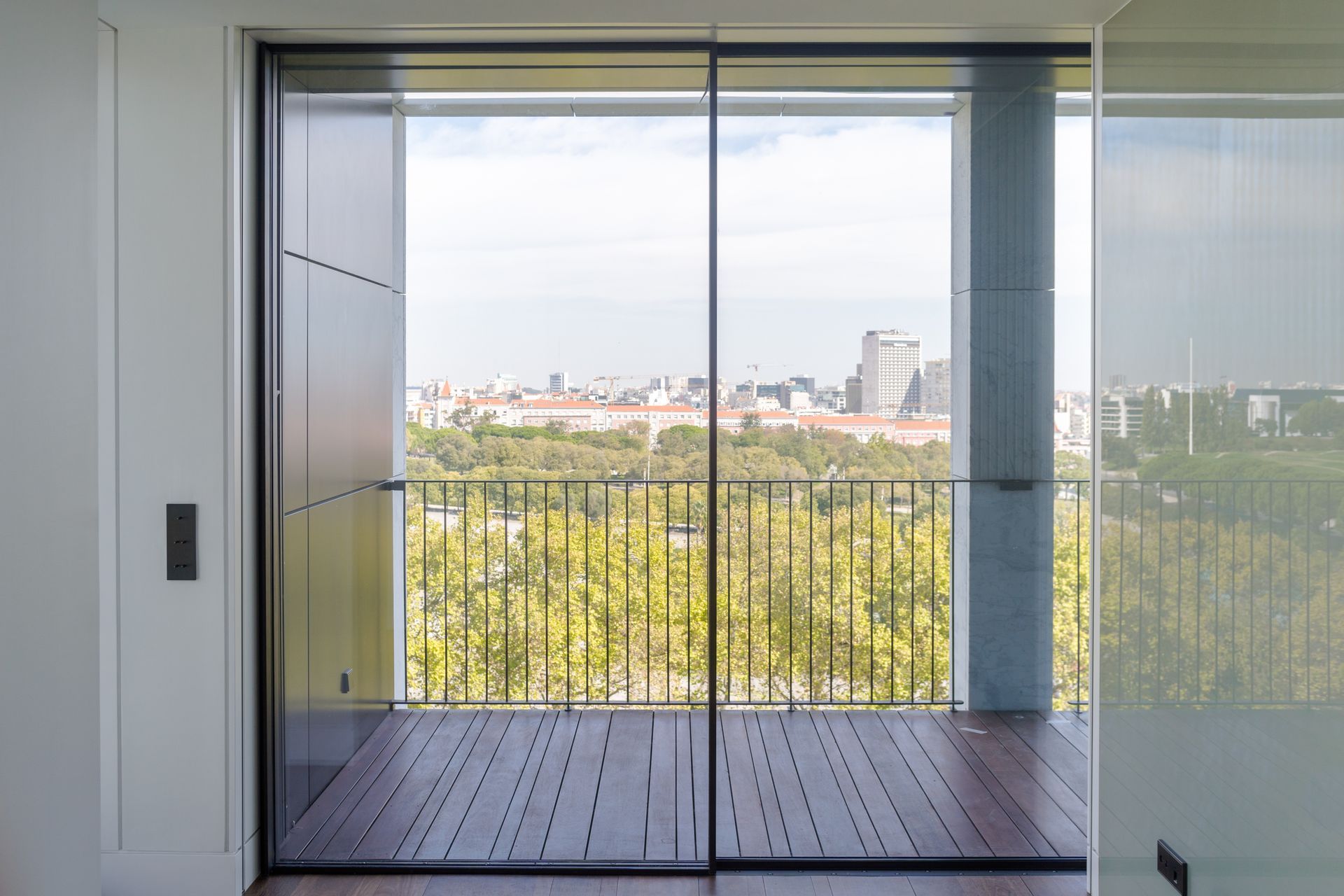
To fully harness the building's commanding position, the architects embarked on a mission to bring the outside in. They achieved this by creating balconies that opened up to the 360º panoramic views of the city. The upper terrace was also masterfully utilized to offer residents a taste of outdoor paradise. The introduction of generously sized windows, complete with exterior micro-perforated screens for protection, allowed residents to bask in the beauty of their surroundings.

To break away from the rigidity that could have prevailed in such a transformation, the architects introduced a dynamic element by varying the spans' structure horizontally and vertically. This decision breathed life into the design, granting it a spontaneous character that harmonized seamlessly with the diverse environment surrounding Castilho 203.
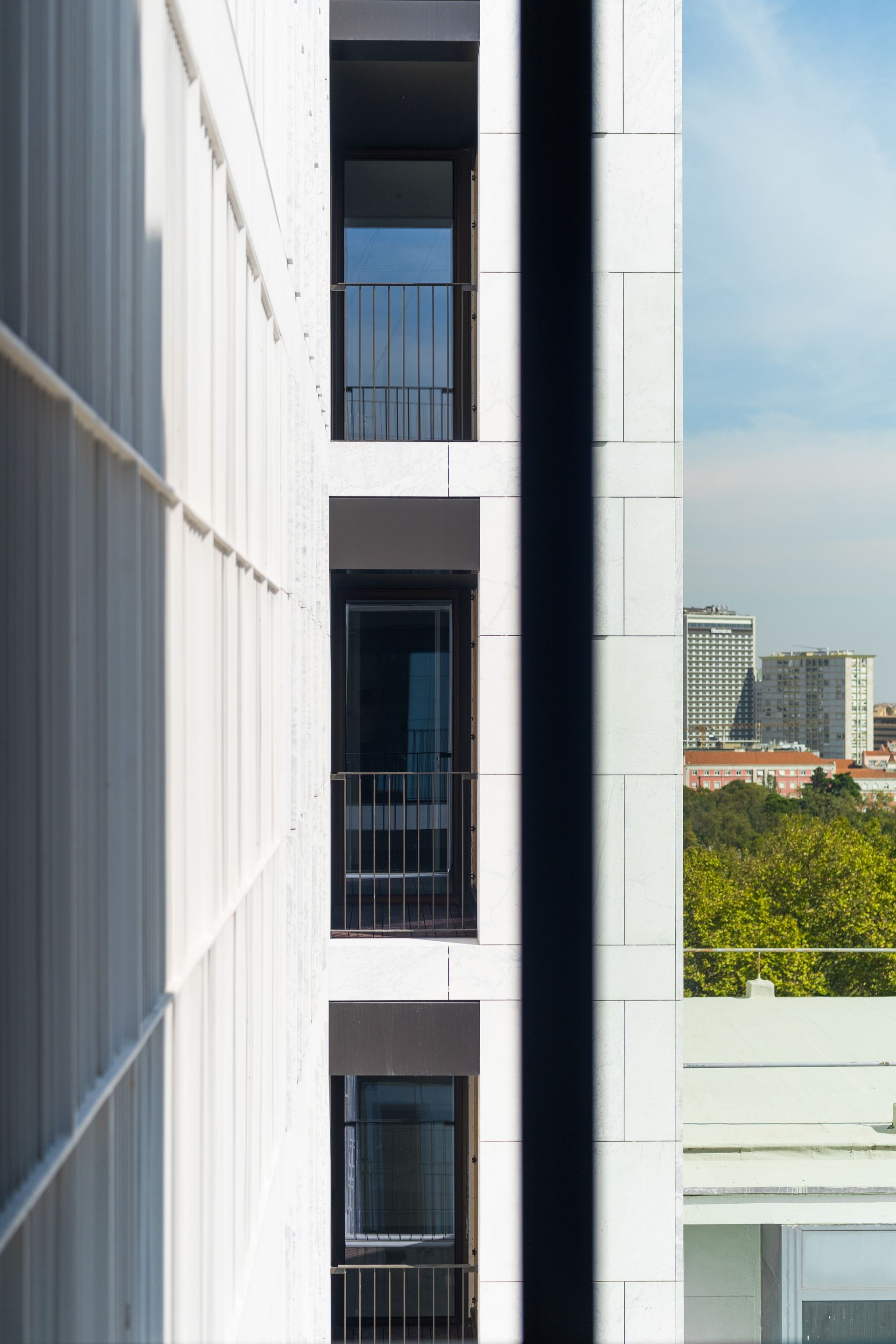
In the heart of Lisbon, Castilho 203 now stands as a testament to the transformative power of visionary architecture. Its evolution from an office space to a residential oasis showcases the boundless creativity and innovation that can be achieved when architects and developers unite in pursuit of a shared vision. Castilho 203, with its panoramic views and harmonious blend of interior and exterior elements, is a beacon of elegance and sophistication in the modern architectural landscape.


